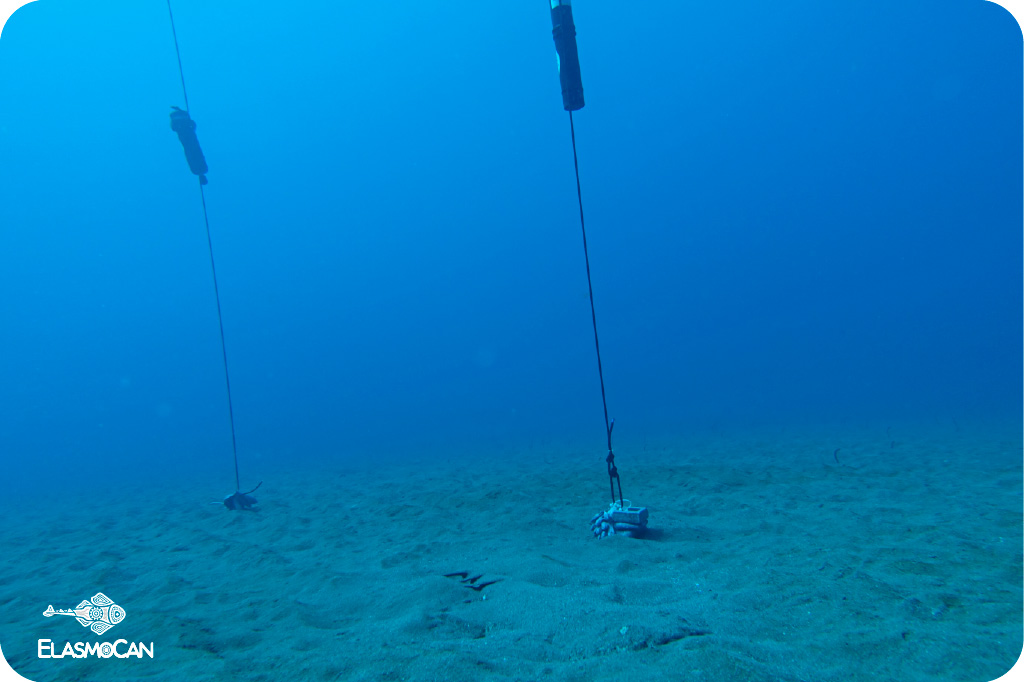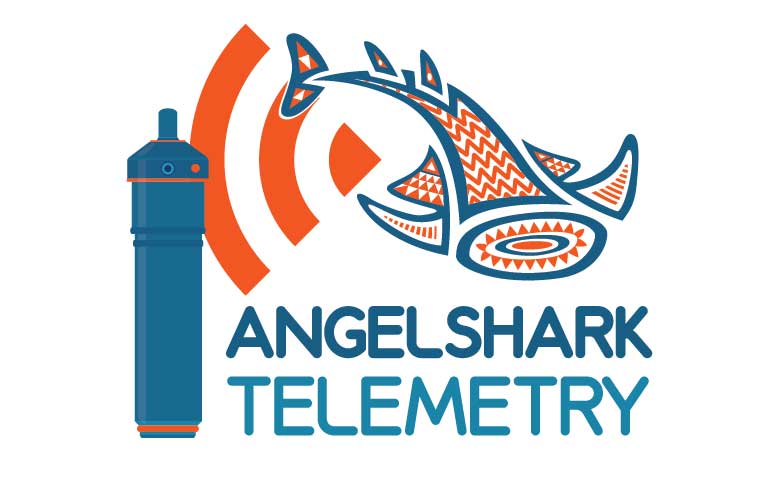Acoustic telemetry network
The Common Angelshark or Monkfish (Squatina squatina)
Acoustic telemetry network
A marine acoustic telemetry network was implemented in the Canary Islands under the project “Monitoring network for the angelshark Squatina squatina in the SAC Costa de Sardina del Norte: creating knowledge for its conservation”. This scientific initiative received financial support from Loro Parque Fundación and the Biodiversity Foundation of the Ministry for Ecologic Transition.
The network consists of an array of anchored underwater microphones (hydrophones), registering the signals emitted from transmitters that are carried by the angelsharks. The analysis of this data tells when and where an individual was present in the study area, revealing its movement and residency patterns, and habitat use.
Find out more about the project methods in this infographic.
Population monitoring

Understanding the significance of an area in a species’ life cycle and the objective it can achieve in its conservation involves, in between others, a continuous monitoring of its population. In this context, the network can also reveal the behavior with a detail unachieved so far in angelsharks.
Find out more about the project methods and its progress in this video:
Read more about our investigation lines that contribute to the understanding and the survival of the sharks and rays in the Canary Islands.
With the support from:

Acknowledgements to:
![]()


